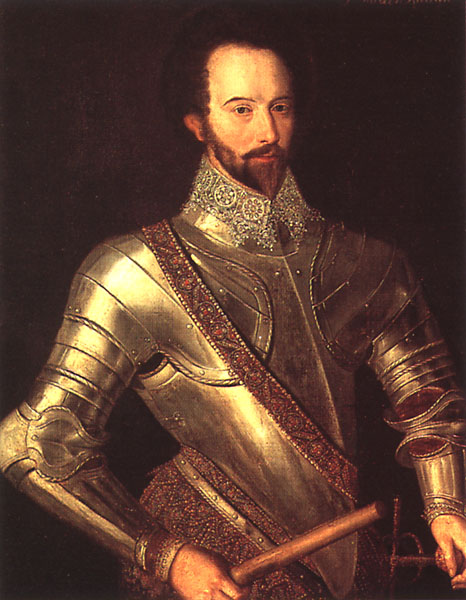The largest country is russia. 17,075,400 km² large.

http://geography.about.com/cs/countries/a/smallcountries.htm
http://wapedia.mobi/en/List_of_countries_and_outlying_territories_by_total_area
2. The Dead Sea is a natural wonder which is situated in the center of the great Syrian-African rift valley fault between Israel and the Kingdom of Jordan. The Dead Sea is actually a big inland lake 76 KM long, up to 18 KM wide and it is 400 meters deep at the deepest point. It is the lowest point on dry land in the world (417 under sea level).

http://www.trekker.co.il/english/the_dead_sea/
3. Name: Puncak Jaya
Height: 16,023 feet (4,884 meters)
Location: Irian Jaya (Or Papua since 2000), Indonesia, Australia/Oceania
Lat/Lon: 4.08°S, 137.18°E

http://peakbagger.com/peak.aspx?pid=11360
4. Longest river in the world is Nile. It's 4,132 miles (6,650 km) long.
 http://en.wikipedia.org/wiki/Nile
http://en.wikipedia.org/wiki/Nile5. The Mariana Trench.The trench is about 2,550 kilometres (1,580 mi) long but has a mean width of only 69 kilometres (43 mi). It reaches a maximum depth of about 11,033 metres (36,200 ft) at the Challenger Deep, a small slot-shaped valley in its floor, at its southern end.

http://en.wikipedia.org/wiki/Mariana_Trench
6. In 1592 Raleigh falls out of favour with Queen Elizabeth when she discovers that he has married one of her maids called Bessie Throckmorton.
The Queen ordered that Sir Walter Raleigh is placed in the Tower of London but he was released when one of his ships brought back a huge treasure on the captured Spanish ship “Madre De Dios”.

http://www.elizabethan-era.org.uk/sir-walter-raleigh.htm
7. The Pacific Ocean is the largest ocean in the world at 155,557,000 sq km. Its deepest point is the Mariana Trench (Challenger Deep) at 11,033 metres.

http://en.wikipedia.org/wiki/Pacific_Ocean
8. The Sahara is the largest hot desert. It is in northern Africa and occupies over a quarter of Africa, covering 9.1 million square kilometres, or 3.5 million square miles. It is generally more recognised as a desert because its rate of evaporation exceeds the rate of precipitation, whereas the Antarctic has a very low evaporation rate.
The area receives rainfall of between 0 and 150 mm per year and the temperatures oscillate between -2 and 45 degrees Centigrade.
Water holes are rare..
Sedentary populations live in desert oases and make their living by hunting, fruit picking and growing crops.
Nomads, well-adapted to the harsh environment and risks of nature, wander through the desert. Touaregs in the Air, the Kanouris of Kawar, the Toubous of Djado and the Peuls Bororo in Azawak practice nomadism, raise livestock and engage in caravan trading.
These traditional ways of life and the economic systems they support are complementary and reflect the delicate balance of the desert environment.

http://wiki.answers.com/Q/What_is_the_world’s_largest_desert
http://www.agadez-tourisme.com/en/sahara_en.html
9. South America and North America were named after Amerigo Vespucci in 1507. Amerigo Vespucci was an Italian explorer who was the first person to realize that the Americas were completely separate from Asia, when he mapped the eastern coast of South America in 1502.
http://www.funtrivia.com/askft/Question45545.html
10. Francisco Pizarro in 1478 – 1541.

http://www.elizabethan-era.org.uk/famous-explorers.htm
No comments:
Post a Comment